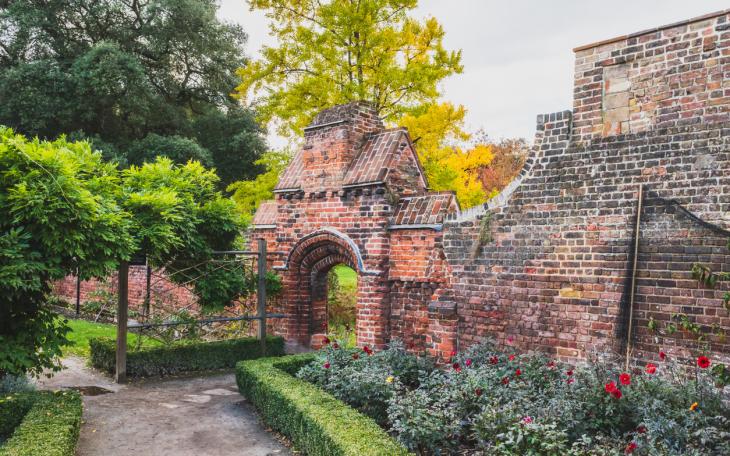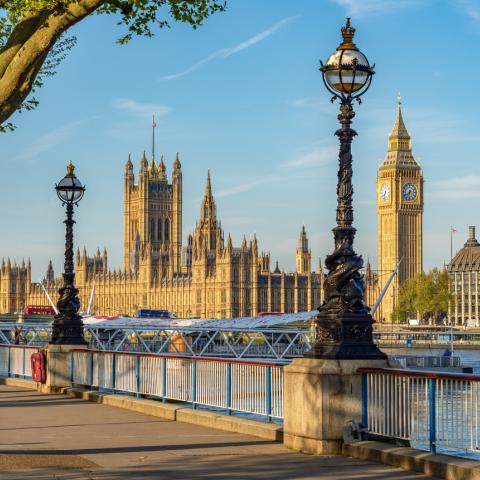Property & Places: Fulham Palace House and Gardens

By Ellen Spry
With health and wellness at the top of everyone’s New Year’s resolution lists, now is one of the best times to get outdoors and enjoy a crisp winter walk, whilst exploring the hidden gems of London. One of the city’s best kept secrets is the grounds of Fulham Palace House & Gardens – a relatively unknown spot in the heart of South-West London, overlooking the River Thames.
The captivating history of Fulham Palace spans more than 1,300 years, and accounts for 133 Bishops of London. The site has been a residence of the Bishops of London since 704 AD, when Bishop Waldhere acquired the Manor of Fulham: a vast estate covering most of Hammersmith, Fulham, Acton, Ealing and Finchley. As Bishops were referred to as ‘Princes of the Church’, the estate became known as Fulham Palace. The Bishops of London used the Palace primarily as a summer retreat, away from the crowded and dirty city. It was also a prime place to entertain important visitors, including royalty. Indeed, Queen Elizabeth I was guest of honour at a lavish banquet held at Fulham Palace in 1601.
After the English Reformation in the 16th century, clergy were allowed to marry, and Fulham Palace became a family home. In the 19th century, the Bishops and their wives began to share the house and gardens with the community to a greater extent, hosting large parties and church pageants. Bishop Stopford was the final Bishop of London to live at Fulham Palace, with his residency ending in 1973. The London Borough of Hammersmith and Fulham ran the site until April 2011, when the independent charity, Fulham Palace Trust, was formed. The Trust subsequently took over the management of the estate.
Fulham Palace is also home to the second oldest botanic garden in the whole of London, and its grounds are Grade II* listed. The gardens came to prominence in the mid-16th century, under the careful cultivation of Bishop Grindal. Bishop Grindal sent grapes from the garden to Queen Elizabeth I every year, and introduced England’s first tamarisk plant on the site. However, it was as a garden of the Enlightenment that Fulham Palace became truly renowned. Bishop Compton, who lived at the Palace during the late 17th and early 18th centuries, was an enthusiastic collector of rare plants and, using seeds and cuttings sent back from around the world by a network of plant hunters and collectors, he would experiment with different growing techniques in the garden.
The grounds of Fulham Palace are also home to a magnificent walled garden, which sits behind high red brick walls and features 3.5 acres of exotic plants, fruit trees and beehives, as well as a knot garden and vinery. What is unique about Fulham Palace’s walled garden is that it is still fit for purpose today: organic produce, including honey and a selection of plants and cut flowers are sold on a restored market barrow on Tuesdays, Wednesdays, Thursdays and Saturdays. All proceeds go to Fulham Palace Trust, to help with the ongoing maintenance and restoration of the garden and beehives.








